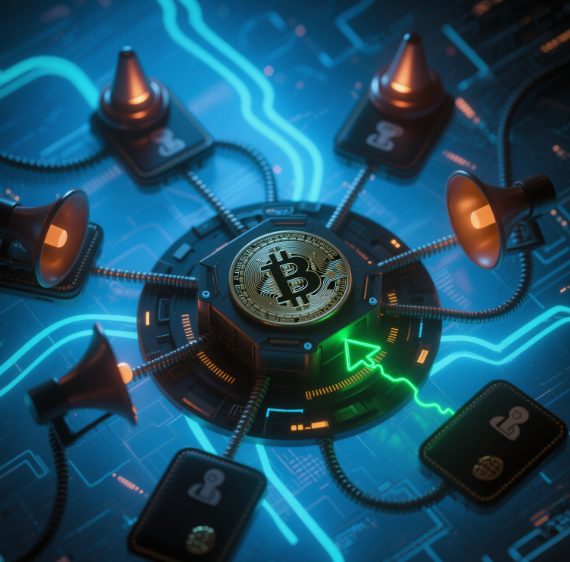In 2025, Bitcoin broke through the 100,000mark,andtheTrumpadministration′spushforrelaxedcryptocurrencyregulationshastriggeredaglobalfrenzyofcapitalinflowsintothecryptomarket[1]()[2]().Yetamidstthiseuphoria,asilent"digitalplague"isspreading—over370 million in assets were lost to address poisoning attacks in the first quarter of this year alone. While you're glued to price fluctuations, have you considered that the seemingly secure string of characters in your wallet might be secretly infected with "slow-acting poison" by hackers? Today, we dissect this lethal trap hidden within blockchain transaction records.

What is an Address Poisoning Attack?
Simply put, an address poisoning attack is a malicious method targeting cryptocurrency users. Attackers will associate specific malicious codes or bad information with normal cryptocurrency addresses. When users receive transactions containing these poisoned addresses, it's like opening a "Pandora's box", which may trigger a series of problems.
Imagine that trading in the cryptocurrency circle is like buying and selling goods in a bustling market. Suddenly, someone secretly places a time bomb (poisoned address) at your regular trading stall, and you continue trading there without knowing it. Once the bomb explodes (the attack is triggered), the security of your assets will be seriously threatened.
Attackers usually have two purposes for doing this. One is to track users' trading behaviors and obtain their privacy information. They can understand users' trading habits, asset sizes and other sensitive information by analyzing the transaction records of poisoned addresses. The other is to induce users to perform wrong operations. For example, they may make the poisoned address appear as a legitimate trading address. When users accidentally transfer their assets to this address, the assets will fall into the attackers' hands.

How to Identify an Address Poisoning Attack?
To avoid address poisoning attacks, you first need to learn how to identify them. Generally speaking, if you find that the transaction records of an address are abnormal, such as frequent small - value transactions or a large number of transactions with some unknown addresses, you should be more vigilant. In addition, if someone suddenly sends you a strange address and asks you to conduct a transaction, you must carefully verify the identity of the other party and the authenticity of the address.
How to Avoid Address Poisoning Attacks?
Use Regular Wallets and Trading Platforms: Choose wallets and trading platforms with high popularity and good reputations. These platforms usually have more perfect security mechanisms, which can effectively reduce the risk of address poisoning attacks. Just like when you go shopping in a mall, choosing a regular large - scale mall is more reassuring than going to some small stalls.
Update Software Regularly: The developers of wallets and trading platforms will continuously update the software to fix security vulnerabilities. Therefore, you should get into the habit of updating the software regularly to ensure that you are using the latest version. This is like strengthening the doors and windows of your house to make it impossible for thieves to break in.
Be Cautious with Strange Addresses: Don't easily accept addresses sent by strangers, and don't casually enter your address on unknown websites. If you must conduct a transaction, you must carefully verify the authenticity of the address. You can confirm the address through official channels or communicate with the other party offline.

Use Multi - Signature Wallets: A multi - signature wallet requires multiple signatures to complete a transaction. This can increase the security of transactions. Even if one signature is stolen, attackers cannot easily transfer your assets.
In the world of cryptocurrencies, security always comes first. Understanding address poisoning attacks and learning how to avoid them can make your investment path smoother. I hope everyone can have a smooth journey in the cryptocurrency circle and reap rich rewards!












No comments yet